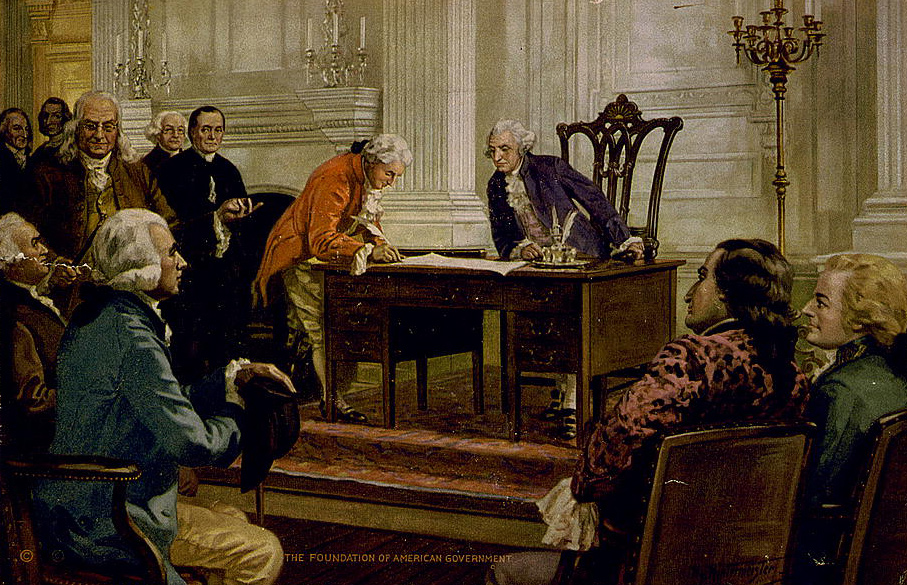
It took an Englishman, William Gladstone, to say what Americans have always thought: “The American Constitution is, so far as I can see, the most wonderful work ever struck off at a given time by the brain and purpose of man.” From this side of the water, however, the marvel has not been so much the unique system of government that emerged from the secret conclave of 1787 as the array of ordered and guaranteed freedoms that the document presented. “Every word of [the Constitution],” said James Madison, the quintessential framer, “decides a question between power and liberty.”
